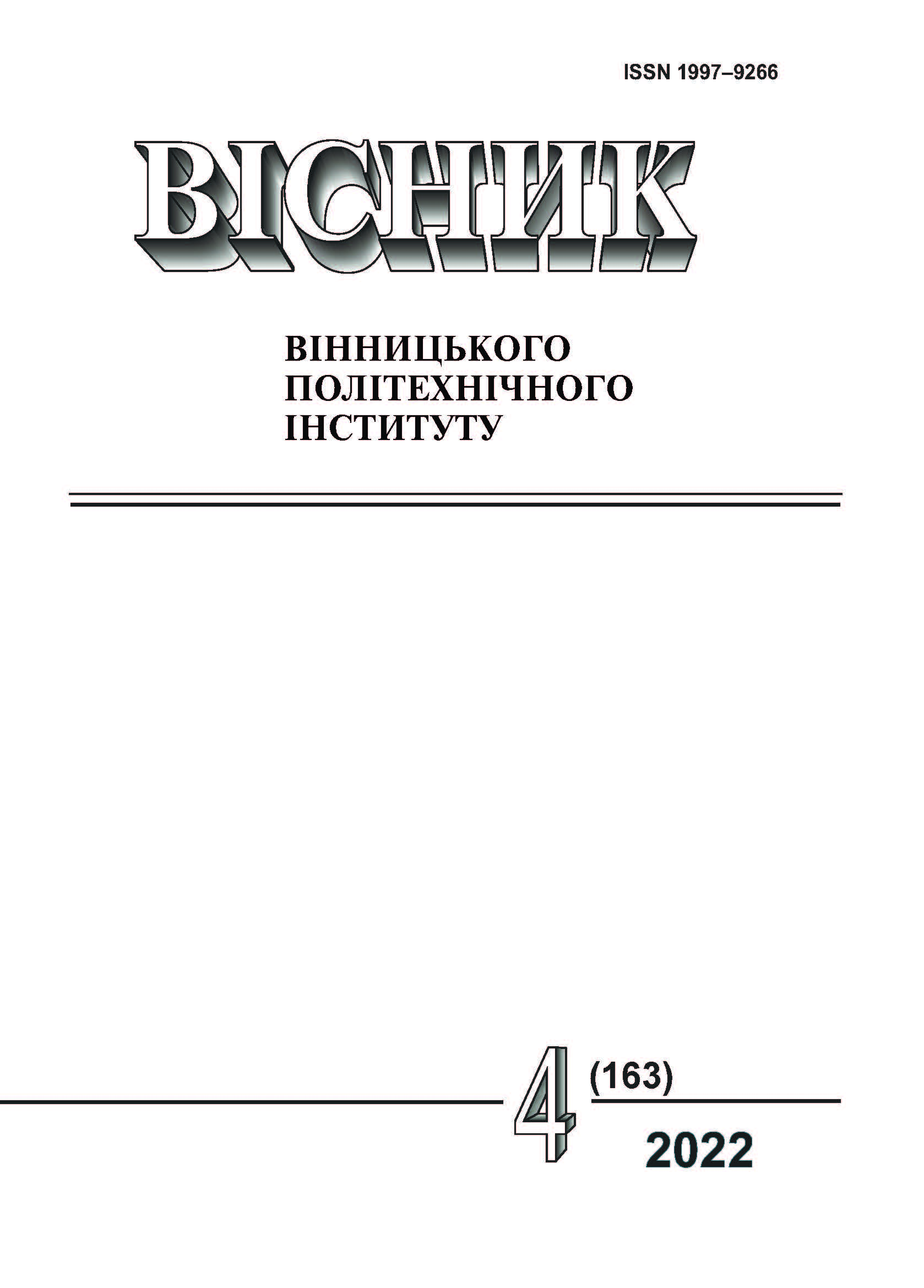Algorithms for Measuring the Frequency of the Frame Scape of Monitors for Frequency Selective Suppression of Information Leakage Channels
DOI:
https://doi.org/10.31649/1997-9266-2022-163-4-83-90Keywords:
side electromagnetic radiation and guidance, video card signals, Fourier coefficient, rare-crystal structures, spectra of information leakage signals from the monitor screenAbstract
For a well-known typical model of a leakage signal in the form of a sequence of pixels, horizontal and vertical blank pulses, the differences in frame scanning frequencies for different sizes of monitor screens on rare-crystalline structures and graphics cards of personal computer monitors are considered. The accuracy with which it is necessary to measure the frame rate of the monitor screen in order to form a high-quality noise interference that can muffle the information components of leakage signals through spurious radiation is substantiated. The real spectra of spurious electromagnetic radiation from the screens of monitors on rare-crystalline structures in the short-wave frequency range and the features of measurements of the frequency characteristics of the spectra by Rohde & Schwarz FPH spectrum analyzers are considered. To achieve the required accuracy of measuring the vertical scan frequency, it is proposed to measure the frequencies of harmonics with maximum amplitudes at different frequency sections, and to process the results. Calculation expressions are found for processing the central frequencies of information leakage measured in the areas in order to much more accurately estimate the frame rate of monitors based on rare crystal structures. The sequence of actions for estimating the frame rate of monitors based on rare crystal structures is substantiated. An algorithm of actions has been obtained, which consists in determining the lower and upper values of the numbers of harmonics that correspond to the estimates of the central frequencies, calculating the estimate of the frame frequency and calculating the accuracy of the estimate. If the calculated accuracy estimate is less than the previously justified one, a conclusion is made about a satisfactory measurement of the frame frequency. If necessary, to obtain more accurate results, increase the number of studied frequency sections. The practical use of the obtained expressions for data processing at thirty-two frequency sections is considered, and conclusions are drawn about satisfactory results in terms of the accuracy of measuring the frame frequency when using the usual spectrum analyzer measurement mode.
References
Г. Ф. Коханович и др., Защита информации в телекоммуникационных системах. Киев, Украина: МК-Прес, 2005, 288 с.
Д. Євграфов, і Ю. Яремчук, «Розрахункові спектри сигналів витоку інформації з екранів моніторів на рідкокришталевих структурах,» Інститут проблем реєстрації інформації НАН України, т. 23, № 2, С. 3-12, 2021.
R&S Spectrum Rider FPH Handheld Spectrum Analyzer User Manual, Rohde & Schwarz GmbH & KG, Product Brochure, Version 09.00, 2021. [Electronic resource]. Available:
https://www.tme.eu/Document/5de5b1c4cf05f0120bd4c9e43bd75ba3/Spectrum_Rider_FPH.pdf .
Д. Євграфов, і Ю. Яремчук, «Відповідність моделі сигналів витоку з екранів моніторів на рідкокришталевих структурах існуючим побічним електромагнітним випромінюванням,» Захист інформації, т. 23, № 3, с. 160-167, 2021.
Е. Янке, Ф. Эмде, и Ф. Леш, Специальные функции. Формулы, графики, таблицы, изд. 2-е, Л. И. Седов, Ред. М.: Наука. Главная редакция физико-математической литературы, 1968, 344 с.
Downloads
-
PDF (Українська)
Downloads: 95
Published
How to Cite
Issue
Section
License

This work is licensed under a Creative Commons Attribution 4.0 International License.
Authors who publish with this journal agree to the following terms:
- Authors retain copyright and grant the journal right of first publication.
- Authors are able to enter into separate, additional contractual arrangements for the non-exclusive distribution of the journal's published version of the work (e.g., post it to an institutional repository or publish it in a book), with an acknowledgment of its initial publication in this journal.
- Authors are permitted and encouraged to post their work online (e.g., in institutional repositories or on their website) prior to and during the submission process, as it can lead to productive exchanges, as well as earlier and greater citation of published work (See The Effect of Open Access).





